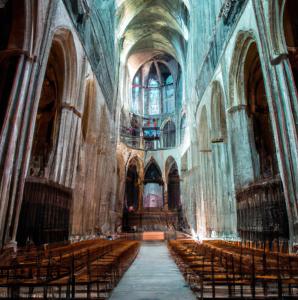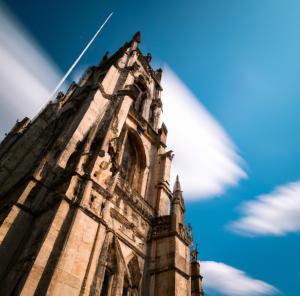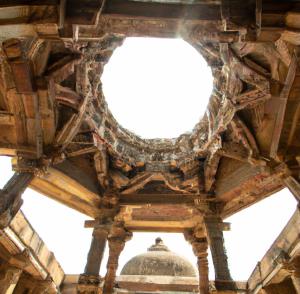A Duality of Faith and Form

Across cultures and throughout history, humanity has built structures specifically designed to foster connection with the divine. These sacred spaces, from grand cathedrals to humble prayer halls, are more than just bricks and mortar. They are testaments to the profound relationship between architecture and artistic expressions of faith. In this article, we delve into this fascinating interplay, exploring how architecture both influences and is influenced by the artistic expression of various faiths.
Architecture as a Tool for Inspiration:
The very design of a sacred space can profoundly impact the way people experience their faith. Soaring ceilings, intricate mosaics, and stained-glass windows all contribute to a sense of awe and wonder. These architectural elements are not mere decorations; they are intentionally crafted to evoke specific emotions and encourage contemplative thought.
- Gothic cathedrals, for instance, with their pointed arches and towering heights, are designed to create a sense of transcendence, drawing the mind and spirit upwards.
- In contrast, Buddhist temples, with their emphasis on simplicity and natural materials, aim to foster a sense of calm and serenity.

Artistic Expressions Shaping Architecture:
Faith is not just expressed in the design of the space itself, but also through the artistic expressions that adorn it. Paintings, sculptures, and music all play a vital role in enriching the religious experience and communicating the core tenets of the faith.
- Stained glass windows in Christian churches often depict biblical scenes and figures, serving as a visual narrative for those who may not be able to read.
- Islamic mosques often feature intricate calligraphy adorning the walls, showcasing the beauty and sacredness of the written word.
- Hindu temples may be adorned with murals and sculptures depicting deities and religious stories, providing a focus for prayer and meditation.
A Continuous Dialogue:
The relationship between architecture and artistic expression in sacred spaces is a dynamic one. As artistic styles evolve, so too does the way they are incorporated into religious architecture. This continuous dialogue ensures that sacred spaces remain relevant and meaningful to new generations of believers.
Sacred spaces are more than just physical structures; they are living testaments to the power of faith and its artistic expression. By understanding how architecture and art intertwine within these spaces, we gain a deeper appreciation for the diversity and richness of human belief systems around the world.













